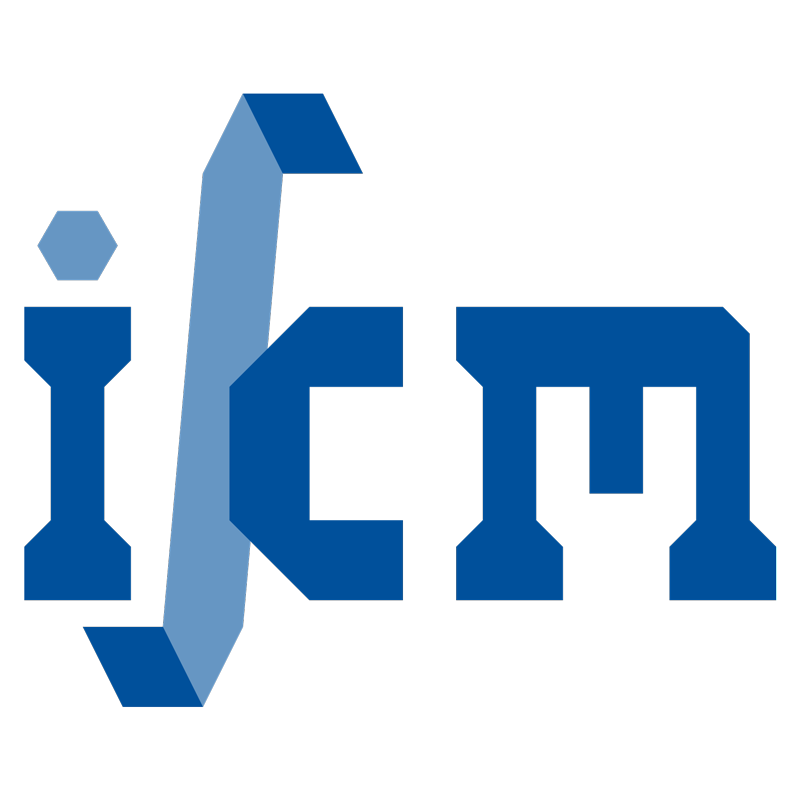Centroid sliding pyramid method for removability and stability analysis of fractured hard rock
- authored by
- Wei Wu, Xiaoying Zhuang, Hehua Zhu, Xingen Liu, Guowei Ma
- Abstract
This paper proposes a new method using centroid sliding pyramid (CSP) to identify the removability and stability of fractured hard rock in tunnel and slope engineering. The new method features two geometrical and topological improvements over the original key block method (KBM). Firstly, all the concave corners are considered as starting points of cutting process when a concave block is divided into a set of convex blocks in the original KBM. Only the concave corners formed by two joint planes are used for partitioning a concave block in the presented method and concave corners with free planes are excluded. Secondly, joint pyramid for removability computation in the original KBM is generated using all of the joint planes, while CSP is calculated only from the joint planes adjoining the free planes. The cone angle θ of CSP is the vectorial angle formed by the two candidate sliding surfaces of this CSP. Removability analysis of a block is transformed into calculating the cone angle of CSP. The geometrical relationship is simplified, and data size for removability computation is reduced compared with the original KBM. The provided method is implemented in a computer program and validated by examples of fractured rock slopes and tunnels.
- Organisation(s)
-
Institute of Continuum Mechanics
- External Organisation(s)
-
Tongji University
Shanghai Tongyan Civil Engineering Technology Co. Ltd
University of Western Australia
- Type
- Article
- Journal
- Acta Geotechnica
- Volume
- 12
- Pages
- 627-644
- No. of pages
- 18
- ISSN
- 1861-1125
- Publication date
- 02.02.2017
- Publication status
- Published
- Peer reviewed
- Yes
- ASJC Scopus subject areas
- Geotechnical Engineering and Engineering Geology, Earth and Planetary Sciences (miscellaneous)
- Electronic version(s)
-
https://doi.org/10.1007/s11440-016-0510-4 (Access:
Closed)
-
Details in the research portal "Research@Leibniz University"


